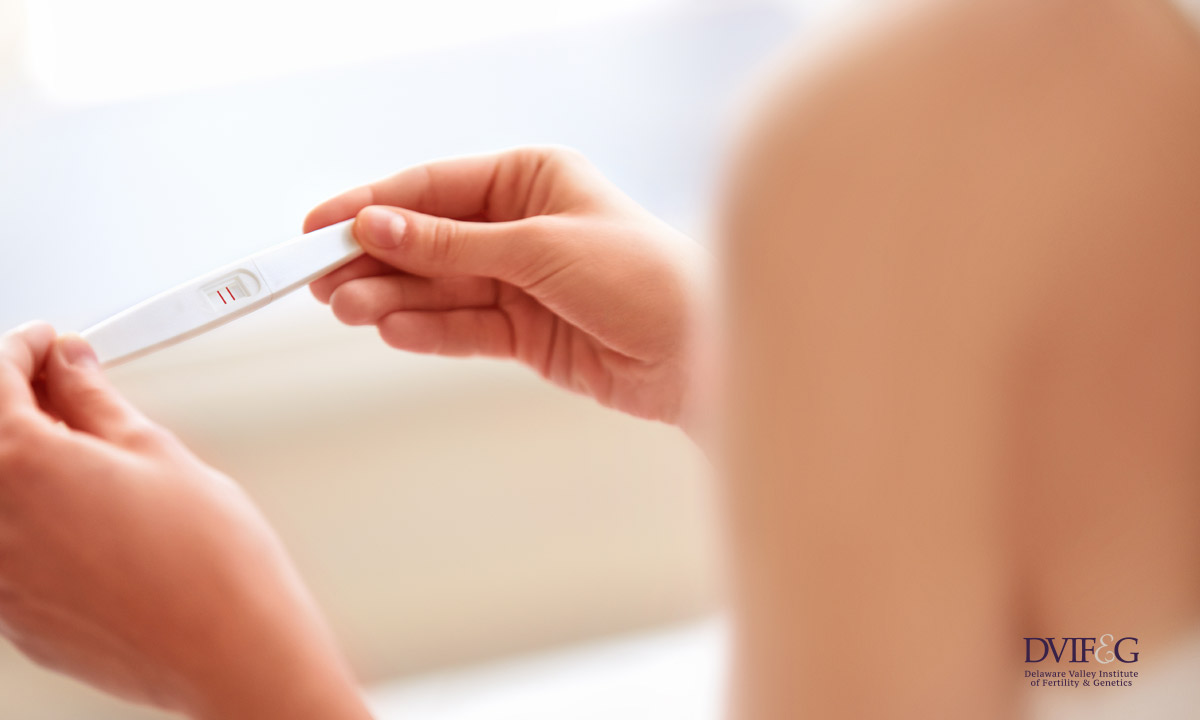Observational studies have accumulated evidence that the nutritional status of the prospective parents has an impact on fetal development, perinatal outcome and even long term effect on the health of the offspring.
1. In the era of in vitro fertilization, these observations have been extended to the study of preimplantation embryo development and the probability of achieving pregnancy2, 3. Mediterranean diet, rich in vegetarian and olive oil, fruits, legumes, vegetables, fish and low in carbohydrates seems to favor overall a better outcome in IVF attempts. A recent publication found a positive correlation between fish intake and live birth rate in IVF and another one found an increased chance for clinical pregnancy and live birth with high levels of omega-3 fatty acids in the patient’s blood4, 5. Therefore a multicenter study from the United Kingdom, Denmark and Germany address the effects of the major components of the Mediterranean diet, omega-3 fatty acids, and vitamin D, on the development of embryo prior to its transfer. The couples were asked to take for merely six (6) weeks prior to IVF high doses of omega-3 fatty acids, along with olive oil and the recommended daily dose vitamin D. Indeed there was a significant improvement in the embryo development by comparison to the couples that did not take these active ingredients. The morphometric markers that predict the continuing development of the embryo to blastocyst stage and the achievement of clinical pregnancy were improved in the group that took omega-3 FA6. For several years at DVIFG, we have studied the metabolic effects on the chances of fertility and the complex influences of appropriate nutritional status to optimize the outcome of IVF treatment. Besides the desirable results, this approach safeguards the pregnancy and the health of the offspring.
1. Inskip HM et al. Int J Epidimiol 2006; 35: 42-8
2. C-M et al. Int J Environ Res Public health 2019; 16: 942
3. Gaskins AJ et al. ACOG 2018; 218: 379-89
4. Nassan FL et al. Am J Nutr 2018; 108: 1104-12
5. Milewski r et al. Ginekol Pol 2016; 87: 677- 84
6. Kermack AJ et al Fertil Steril 2020; 113: 260-69
